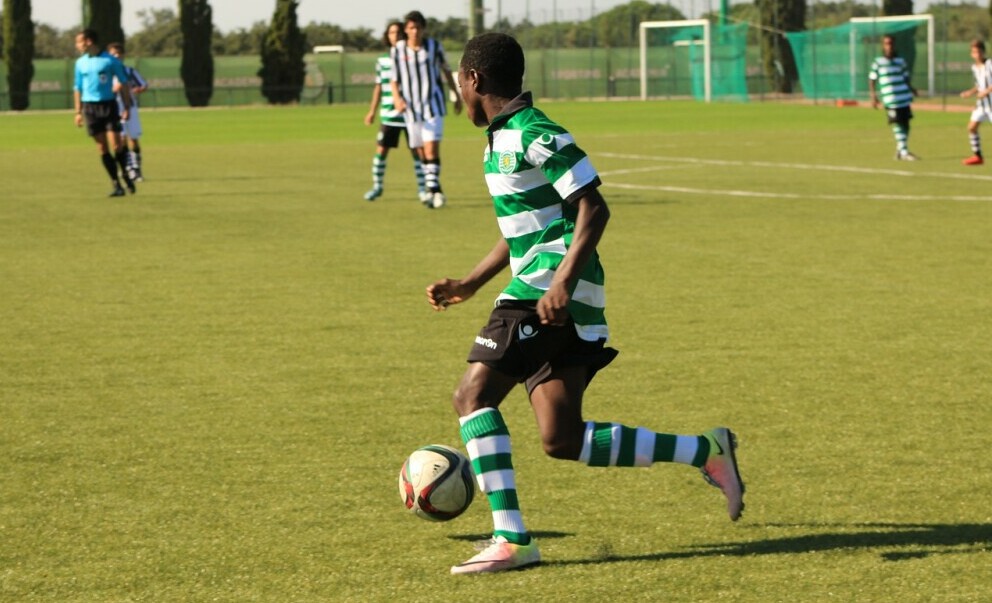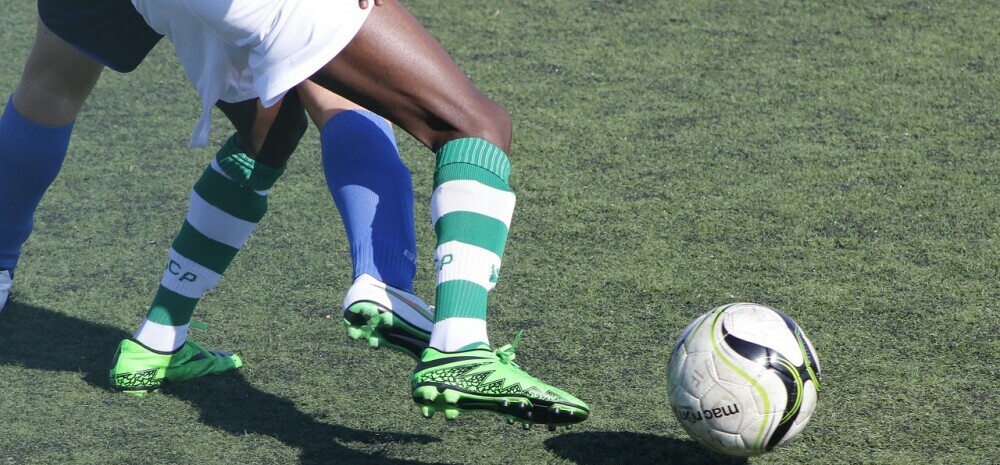
Ball control and dribbling form the backbone of any good soccer player. Start with simple drills like close-control dribbling around cones or objects. The key is to keep the ball close and practice with both feet. Over time, this builds a strong foundation for more complex moves.
Passing and receiving are essential aspects of the game. Focus on short, precise passes to a partner, gradually increasing distance as accuracy improves. One-touches and controlling the ball effectively before passing it on maximizes performance. Mixing in different types of passes like through balls or lofted passes adds versatility to your game.
Perfecting your shot isn’t just about power; accuracy counts too. Practice shooting with both feet from various distances and angles. Make sure to work on different types of shots: volleys, half-volleys, and bending shots. Regular practice in these areas will have you finishing with confidence during matches.
Don’t underestimate the defensive aspect of soccer. Good positioning and awareness are crucial. Work on drills that emphasize marking opponents, intercepting passes, and executing clean tackles. Understanding when to press and when to fall back gives a defensive edge and keeps the team solid.
Building Physical Fitness and Endurance

Warming up and cooling down properly are non-negotiable. A good warm-up gets your muscles ready and reduces injury risk. Dynamic stretches and light jogging do the trick. Post-training, cool down with static stretches to aid recovery and reduce muscle stiffness.
Strength training is your friend. Focus on exercises that build core stability, leg strength, and upper body power. Squats, lunges, and planks are excellent. Incorporating weights? Even better! Keep the reps low and the form spot-on to prevent injuries.
Endurance training is about sustaining high performance levels. Interval training works wonders, mixing short bursts of high-intensity activity with rest. Long-distance running also helps build stamina. Mix these up to keep it fun and challenging.
Preventing injuries takes more than just proper technique; it’s about listening to your body. If something feels off, don’t ignore it. Use foam rollers to relieve muscle tension and always hydrate well. An injury-free player is a more effective player.
Tactical Awareness and Game Strategies
Understanding formations is crucial. Each formation serves a different purpose and can be adapted based on your team’s strengths and weaknesses. Dive deep into common setups like 4-4-2, 4-3-3, and 3-5-2. Knowing when and how to switch formations mid-game gives your team an upper hand.
Spatial awareness can make or break a game. Players should learn to read the field, anticipate opponents’ moves, and find open spaces. Drills that focus on scanning the field and quick decision making sharpen this skill.
Executing set pieces effectively can lead to decisive goals. Practice routines for corner kicks, free kicks, and throw-ins. Precision and timing are key. Varying your set-piece tactics keeps the opposition guessing and creates more scoring opportunities.
Adapting strategies to the opponent is a game changer. Watch game footage to identify their strengths and weaknesses. Tailor your game plan to exploit their flaws while bolstering your own team’s strengths. Flexibility and adaptability keep your team unpredictable and effective.
Enhancing Mental Toughness and Team Cohesion
Fostering a positive and resilient mindset starts with setting clear, achievable goals. Breaking down long-term objectives into smaller, manageable tasks can keep the team motivated and focused. Regularly review progress to keep spirits high and stress levels low.
Effective communication is critical on and off the field. Encourage open dialogue between players and coaches. Team meetings and one-on-one discussions can help address any concerns and build a stronger rapport. Clear, concise communication translates to better coordination during matches.
Leadership isn’t just about wearing the captain’s armband; it’s about setting an example. Encourage all players to take on leadership roles in their own way, whether it’s through leading drills, motivating teammates, or demonstrating a strong work ethic. Diverse leadership styles enrich team dynamics.
Trust and camaraderie among team members are essential for a cohesive unit. Team-building activities outside of soccer strengthen these bonds. Simple initiatives like team dinners, group outings, or even friendly competitions can foster a sense of unity and belonging.
A winning mentality and a sense of sportsmanship go hand-in-hand. Teach players to celebrate wins and learn from losses. Instill values of respect, fair play, and humility. A positive attitude not only improves individual performance but also elevates the entire team.
